The NiMH charging algorithm is similar to NiCd, except that NiMH is more complex. Detecting negative Delta V for a full charge is very weak, especially when charging below 0.5C. Mismatch or heat application will further alleviate the symptoms.
The NDV in a NiMH charger should respond to a voltage drop of 5mV or less per cell. This requires electronic filtering to compensate for the noise and voltage fluctuations caused by the battery and charger. Carefully designed NiMH chargers incorporate NDV, voltage plateau, temperature variation (dT/dt), temperature threshold, and timeout timer into the full charge detection algorithm. These "or gates" take advantage of what comes first. Many chargers include a maximum charge of 0.1C for 30 minutes to increase capacity by a few percentage points.
Some advanced chargers use an initial fast charge of 1C. When a voltage threshold is reached, a break of a few minutes is added to allow the battery to cool down. Charging continues at a lower current, then the current is further reduced as the charge progresses. The scheme continues until the battery is fully charged. This method is called "step differential charging" and is applicable to all nickel-based batteries.
Chargers that use step differential or other aggressive charging methods achieve a capacity gain of about 6% over more basic chargers. Although higher capacity is required, filling the battery to capacity increases stress and shortens overall battery life. Aggressive chargers may deplete the battery pack after 300 cycles instead of achieving the expected 350-400 service cycles.
NiMH does not like overcharge and trickle charge is set at about 0.05C. NiCd absorbs overcharge better and the original NiCd charger trickle charge is 0.1C. The difference in trickle charge current and the need for more sensitive full charge detection makes the original NiCd charger unsuitable for NiMH batteries. NiMH in NiCd chargers can overheat, but NiMH NiCd in NiCd chargers overheats, but NiCd in NiMH chargers functions well. Modern chargers work with both battery systems.
Slow charging of NiMH batteries is difficult, if not impossible. At C rates of 0.1C to 0.3C, the voltage and temperature profiles do not exhibit the defined characteristics to trigger full charge detection, and the charger must rely on a timer. Harmful overcharging can occur when charging a partially or fully charged battery, even if the battery remains cold.
The same situation occurs if the battery loses capacity and can only hold half of its charge. Essentially, this battery has shrunk by half, and the fixed timer is programmed to apply 100% of the charge regardless of battery condition.
Many battery users complain of shorter than expected life, and the fault may lie with the charger. Low-cost consumer chargers are prone to charging errors. If you want to improve battery performance with a low-cost charger, estimate the state of charge of the battery and set the charge time accordingly. Remove the battery when it is assumed to be full.
If your charger is charging at a high charge rate, check the temperature. Not being cold or hot indicates that the battery may be full. It is best to remove the batteries and charge them before each use rather than leaving them in the charger for eventual use.
✴ Charge at room temperature. Do not charge in hot or freezing temperatures.
✴ Nickel-based charging efficiency is close to 100% and can reach up to 70%. The battery pack stays cool, but as the efficiency of a full charge decreases, it begins to warm up.
✴ Nickel-based batteries must be cooled during trickle charging. If warm, trickle charging is too high.
✴ Consumer chargers don't always terminate the charge correctly. Remove the battery when it is hot to the touch. Stop using the charger for "cooking" batteries.
✴ Nickel-based batteries are best charged quickly; lingering slow charging causes "memory".
✴ Nickel-based and lithium-based batteries require different charging algorithms; NiMH chargers can also charge NiCd; NiCd chargers can overcharge NiMH.
✴ Do not leave Ni-based batteries in the charger for more than a few days. If possible, remove the pack and charge it briefly before use.

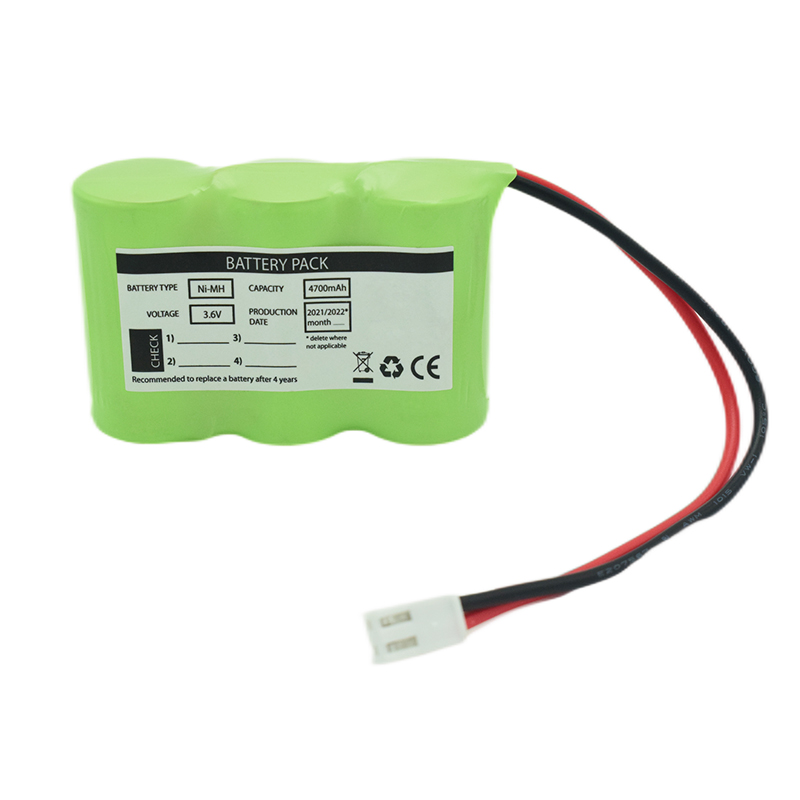 Ni-MH Battery C4700mAh 3.6V
Ni-MH Battery C4700mAh 3.6V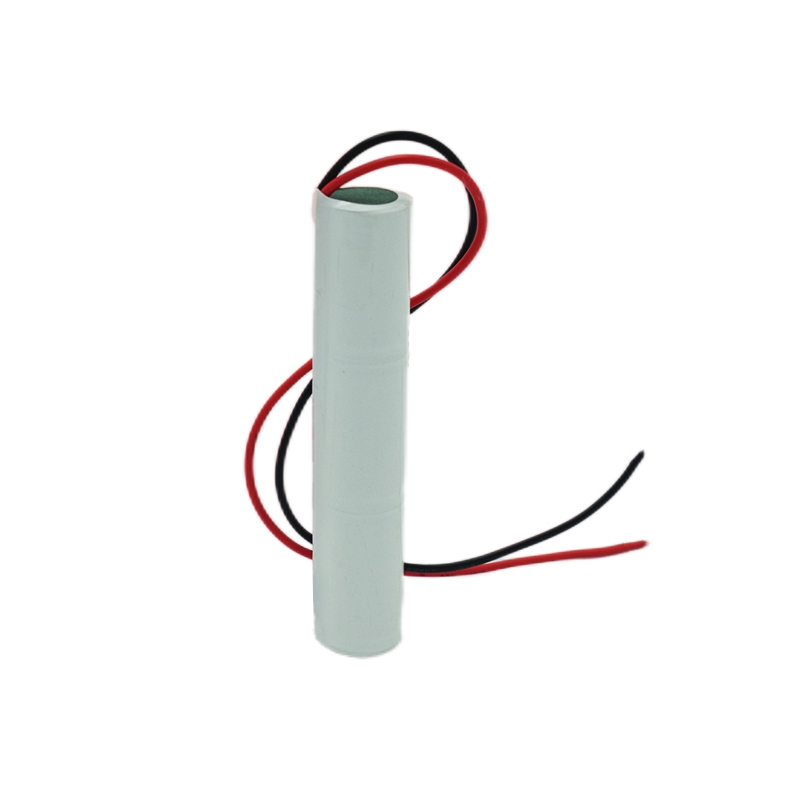 Nickel Cadmium Nicd Battery Pack SC1800mAh 3.6V
Nickel Cadmium Nicd Battery Pack SC1800mAh 3.6V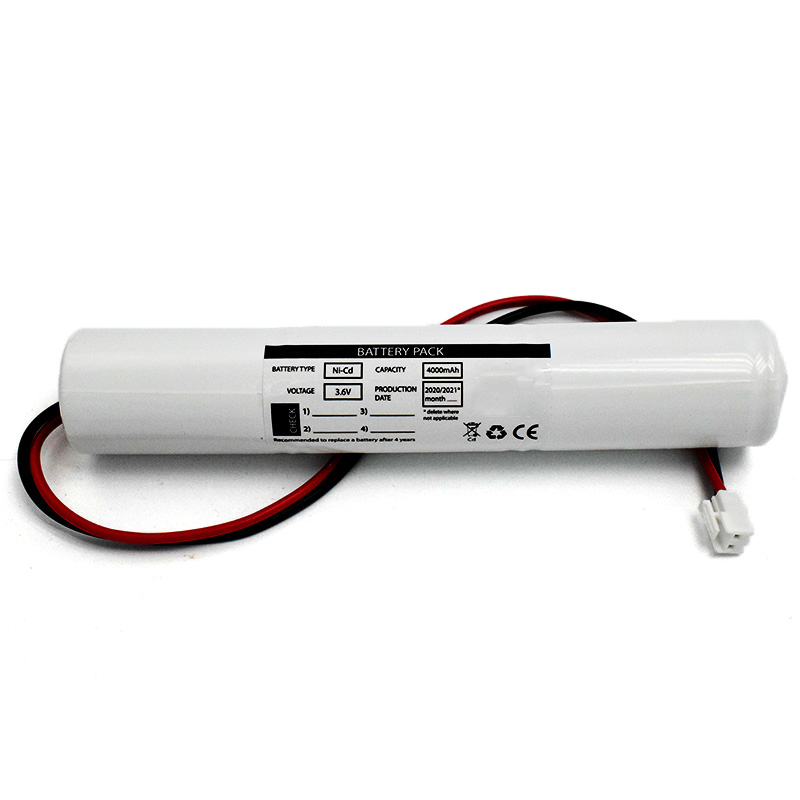 Ni-Cd Battery Pack D4000mAh 3.6V
Ni-Cd Battery Pack D4000mAh 3.6V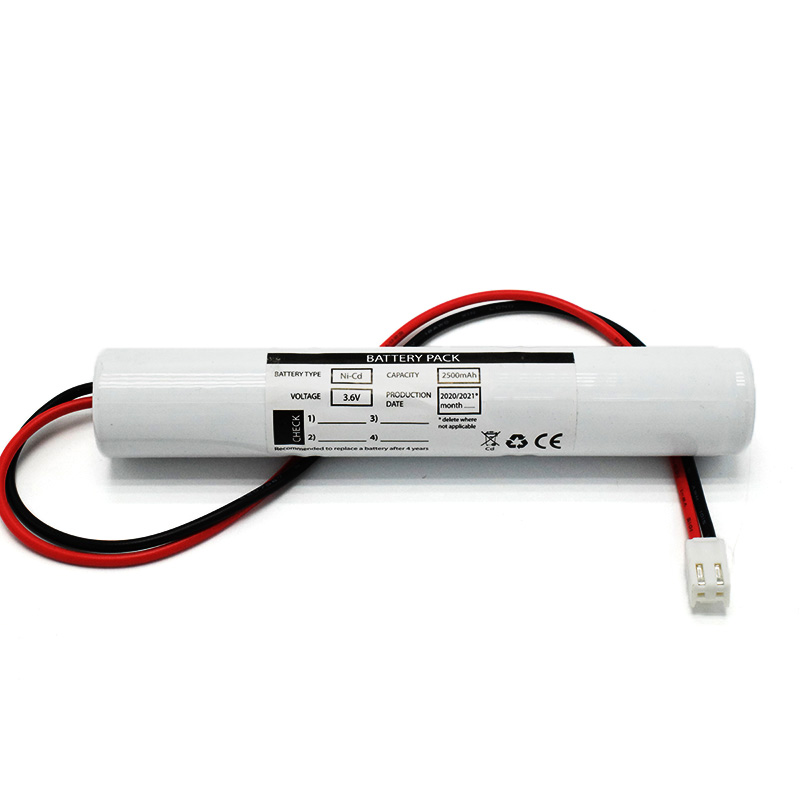 Ni-Cd Battery Pack C2500mAh 3.6V
Ni-Cd Battery Pack C2500mAh 3.6V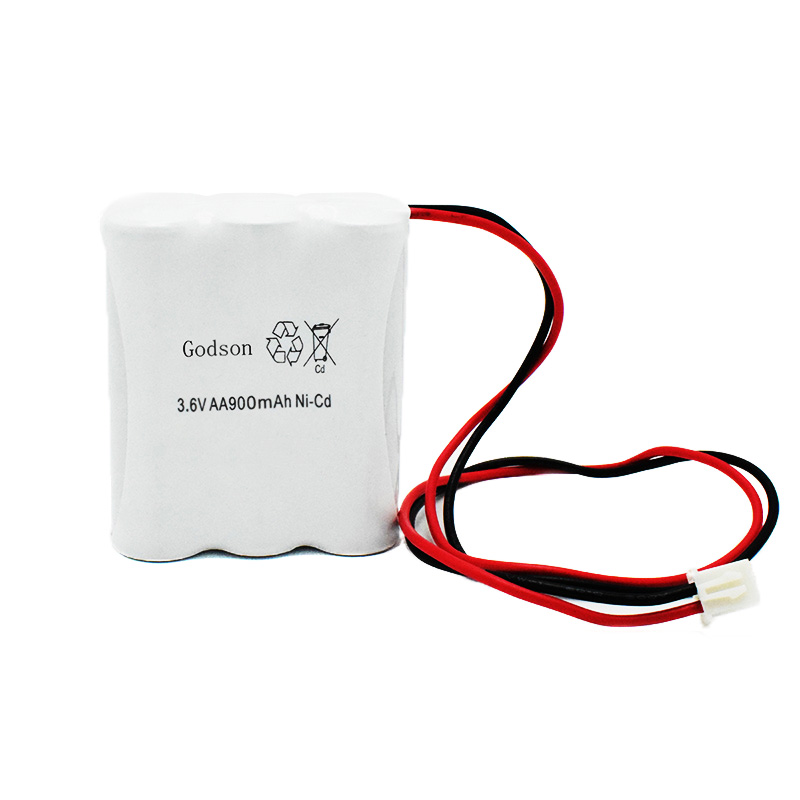 NICAD Battery Pack AA900mAh 3.6V
NICAD Battery Pack AA900mAh 3.6V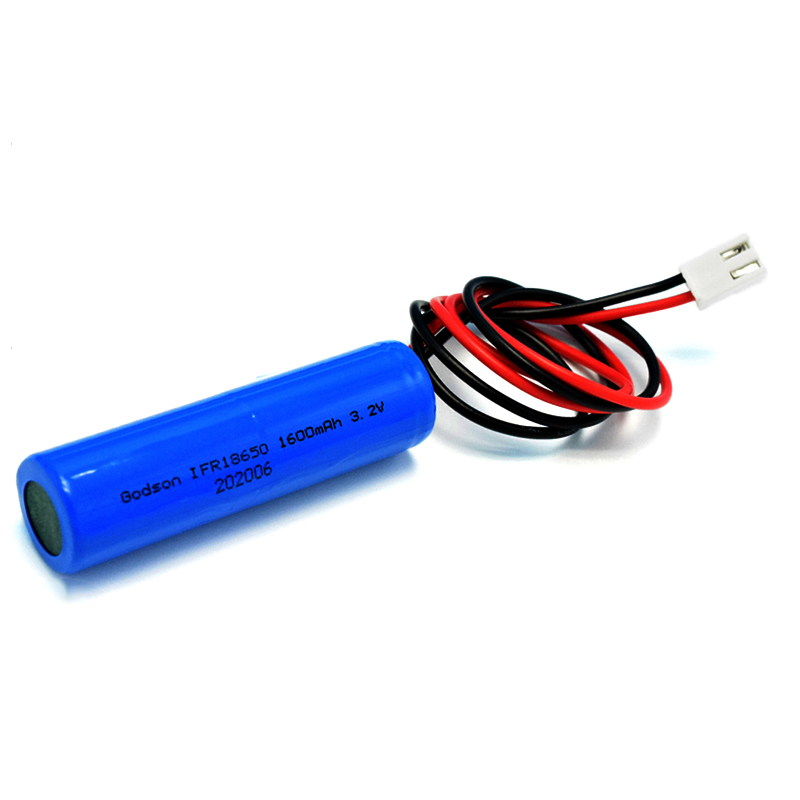 LiFePO4 IFR18650 1600mAh 3.2V
LiFePO4 IFR18650 1600mAh 3.2V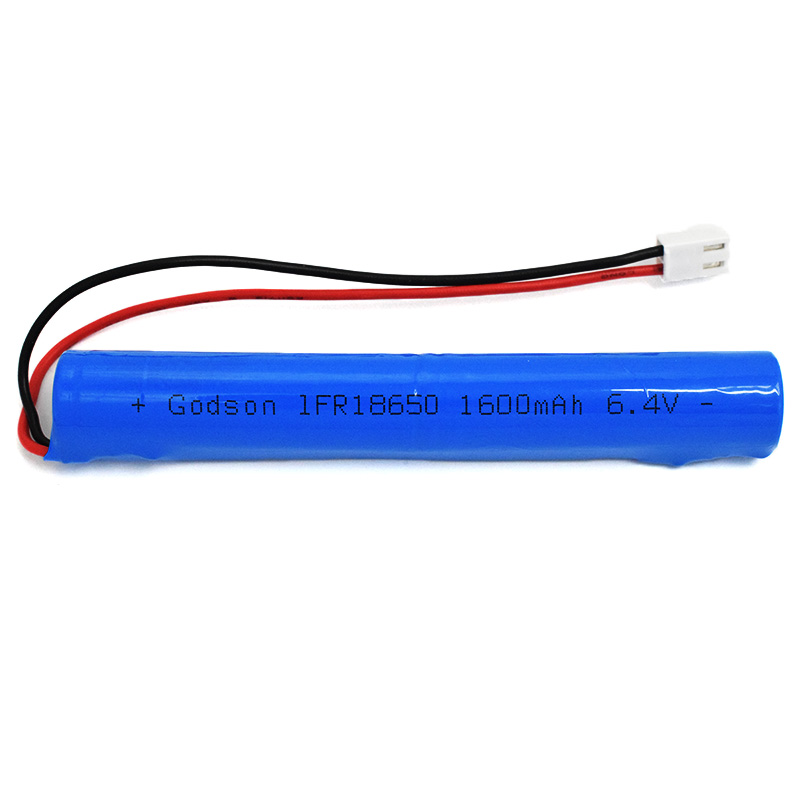 LiFePO4 IFR18650 1600mAh 6.4V
LiFePO4 IFR18650 1600mAh 6.4V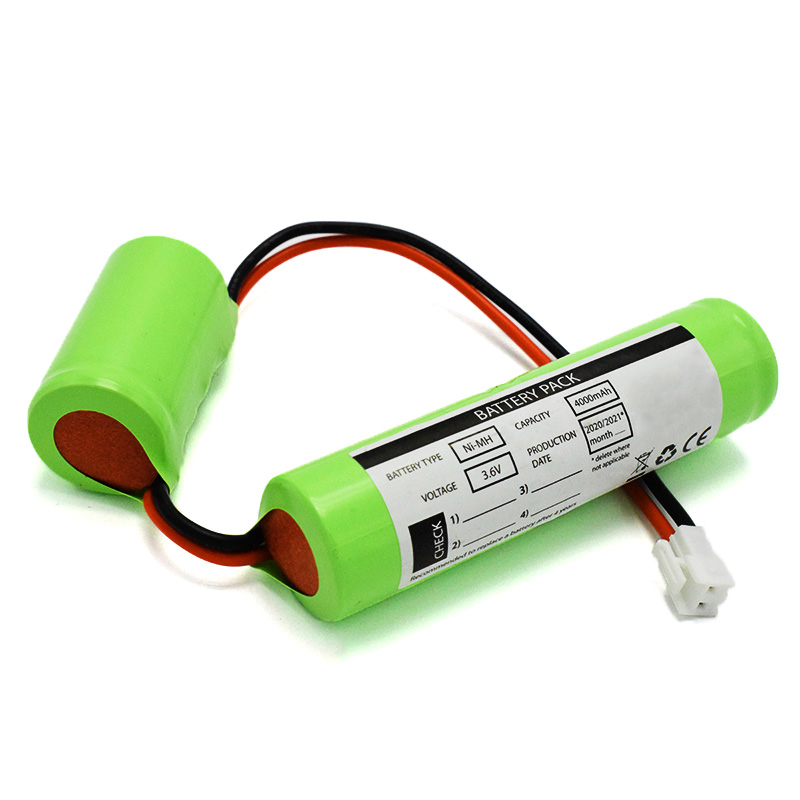 Ni-MH Battery C4000mAh 3.6V
Ni-MH Battery C4000mAh 3.6V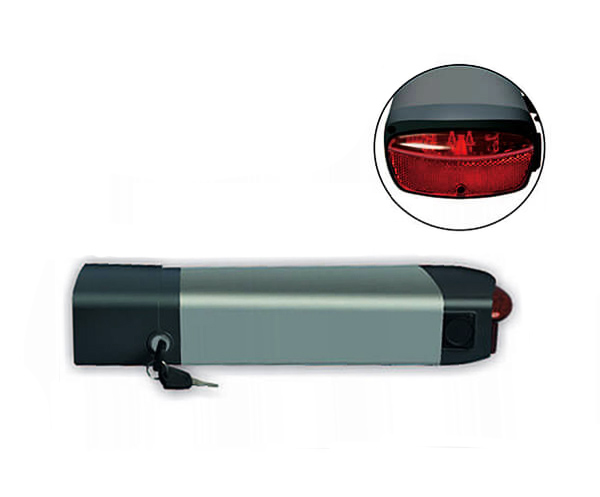 E-bike Battery 48V 10Ah JL-1
E-bike Battery 48V 10Ah JL-1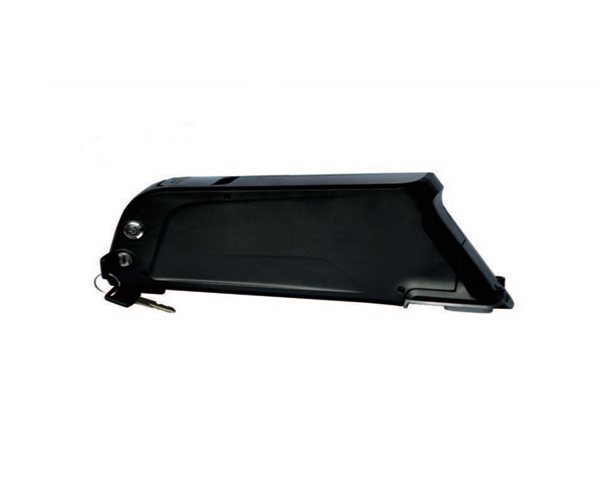 E-bike battery 48V 10Ah Qing Tian
E-bike battery 48V 10Ah Qing Tian